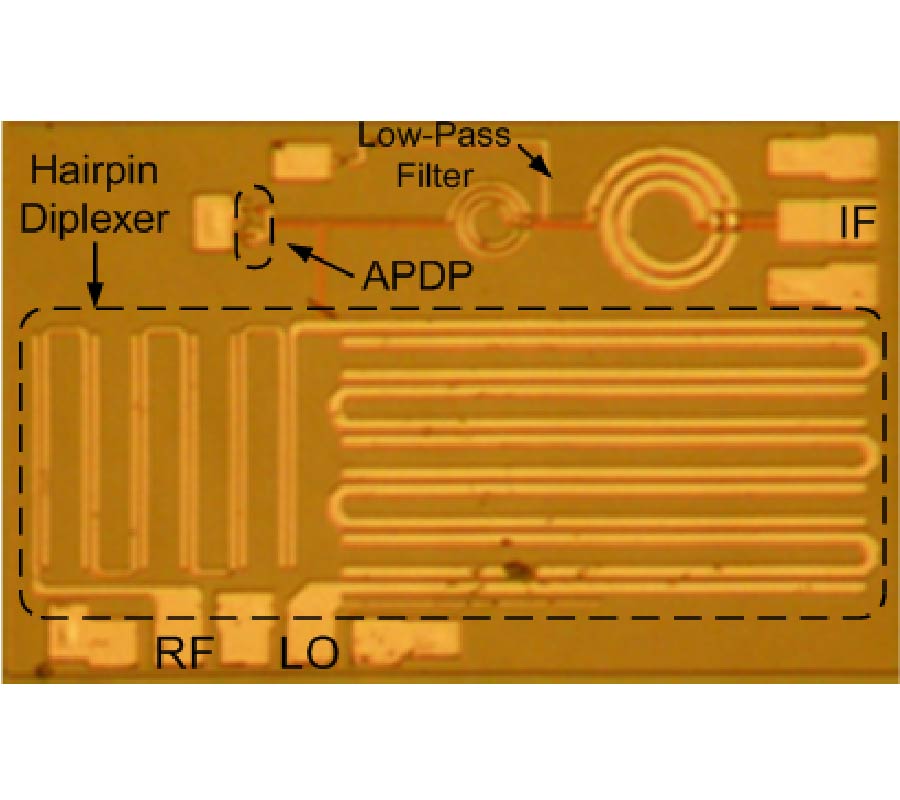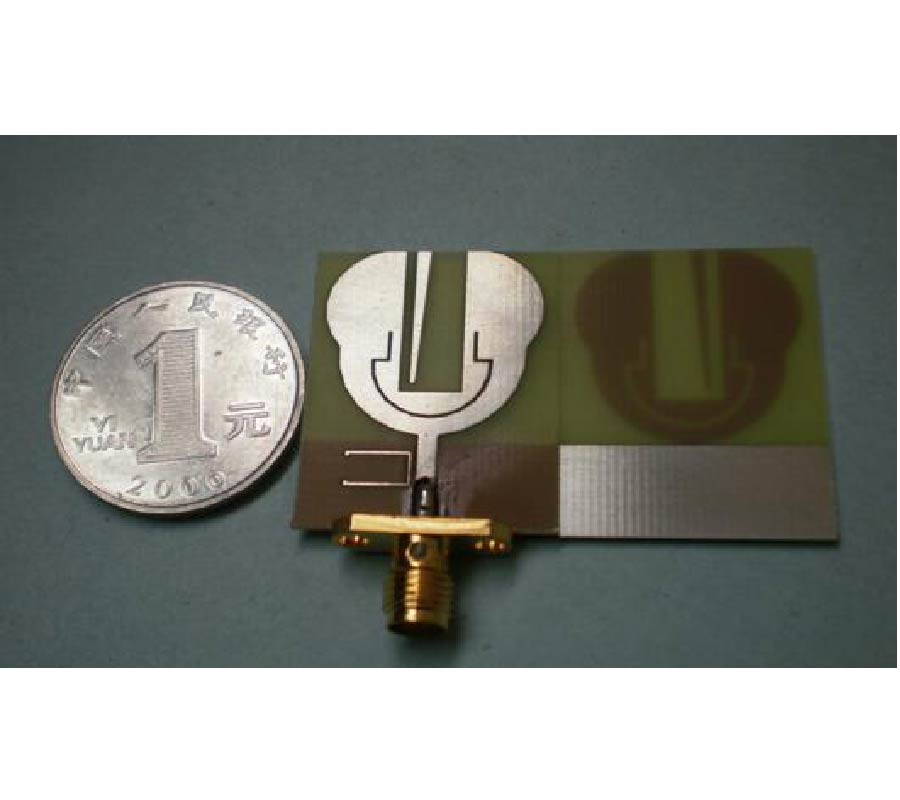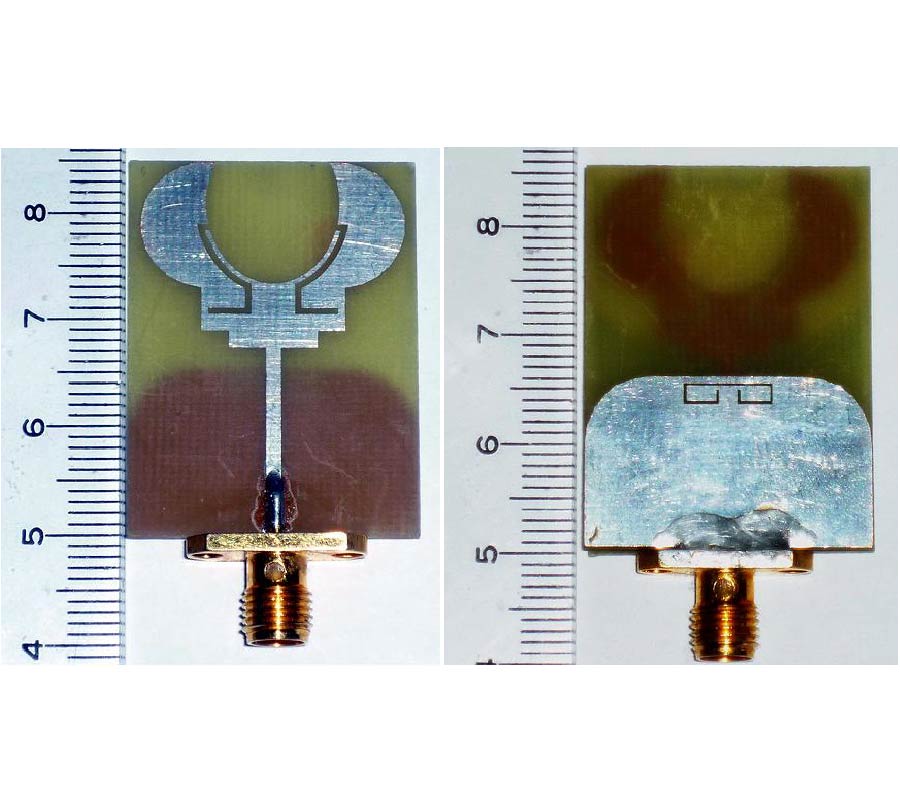A Novel Tri-Band Printed Monopole Antenna with an Etched ∩-Shaped Slot and a Parasitic Ring Resonator for WLAN and WiMAX
Applications
Shou-Tao Fan,
Ying-Zeng Yin,
Hui Li,
Shi-Ju Wei,
Xue-Hua Li and
Le Kang
A novel tri-band printed monopole antenna with an etched ∩-shaped slot and a parasitic ring resonator is proposed for satisfying wireless local area network (WLAN) and worldwide interoperability for microwave access (WiMAX) applications simultaneously. The proposed antenna comprises a rectangular radiation patch with an arc-shaped edge and an embedded ∩-shaped slot on the top side and a parasitic ring resonator on the opposite side. The measured results show that the impedance bandwidths of the proposed antenna, defined by voltage standing wave ratio (VSWR)≤1.5, are 350 MHz (2370--2720 MHz), 680 MHz (3390--4070 MHz) and 1080 MHz (4920--6000 MHz), which cover the required band- widths for both WLAN (2400--2480 MHz, 5150--5350 MHz, and 5725--5825 MHz) and WiMAX (2500--2690 MHz, 3400--3690 MHz, 5250--5850 MHz) applications. Furthermore, good monopole-like radiation characteristics with moderate peak gains are obtained over the operating bands.



















